Latin America’s two largest cities are often contrasted by travelers seeking the most vibrant cities rich in history, culture, and food experiences. Mexico City and Buenos Aires both provide amazing experiences, but beneath the seeming similarities is amazing contrast between them that makes each city and its distinct nature and essence different.
These are 20 shocking differences between Buenos Aires and Mexico City that may reprogram your assumptions of these incredible locations.
Altitude Adjustment

Mexico City sits at an amazing 7,350 feet above sea level, which puts it on the list of the world’s highest big cities. Some visitors experience mild altitude sickness upon arrival, with symptoms ranging from slight headaches or trouble breathing during the first day or two.
Buenos Aires, in contrast, hugs the coast at only 82 feet above sea level, so that visitors can walk around without concerns about altitude.
Mealtime Rhythms

Lunch in Mexico City is typically between 2 and 4 PM, which might seem late to North American visitors but is actually early compared to Buenos Aires. Porteños dine at 10 PM or later, with most restaurants not opening until 8 PM.
This significant time difference characterizes the entire daily rhythm and nightlife of both cities.
Like Travel Pug’s content? Follow us on MSN.
Public Transportation Character
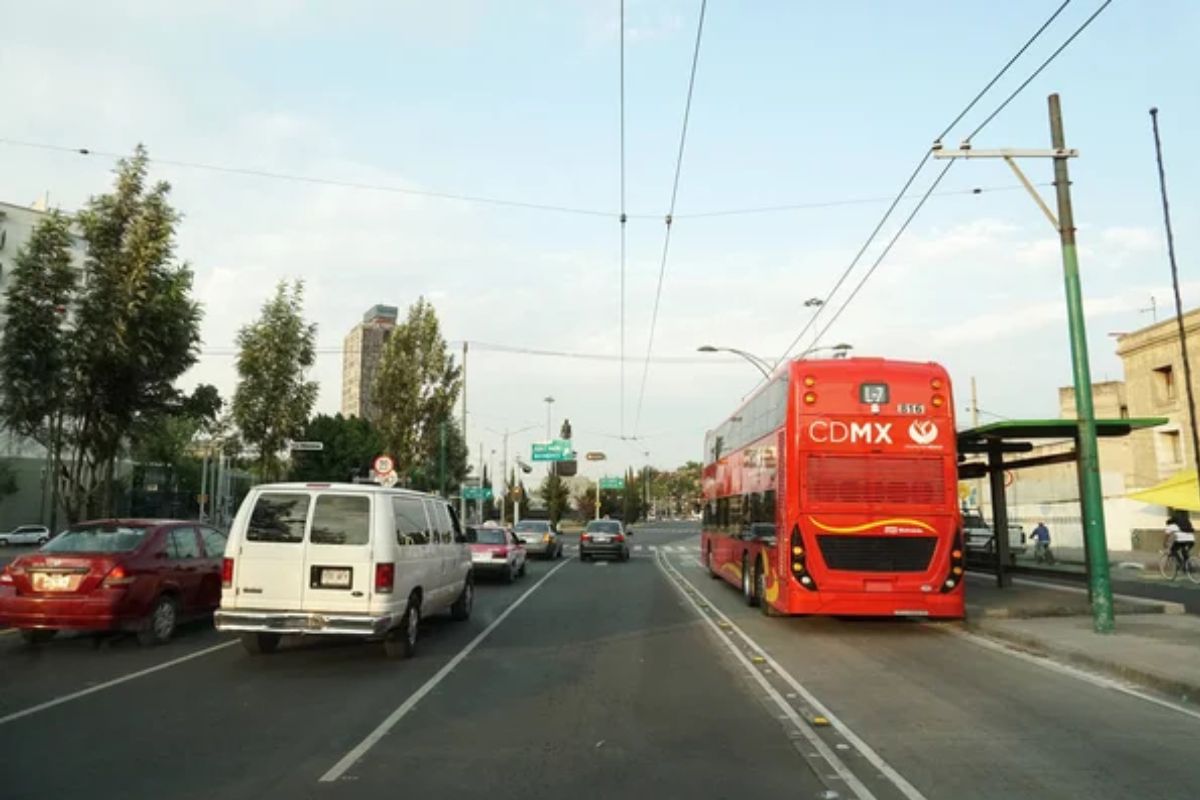
Mexico City’s subway system transfers a whopping 4.6 million passengers daily with good frequency but sometimes sardine-like congestion in rushes. Buenos Aires proudly hosts South America’s oldest subway, the charming Subte, with less passengers but with beautiful historic stations with original tiles and 1900s paintings.
Architectural Heritage
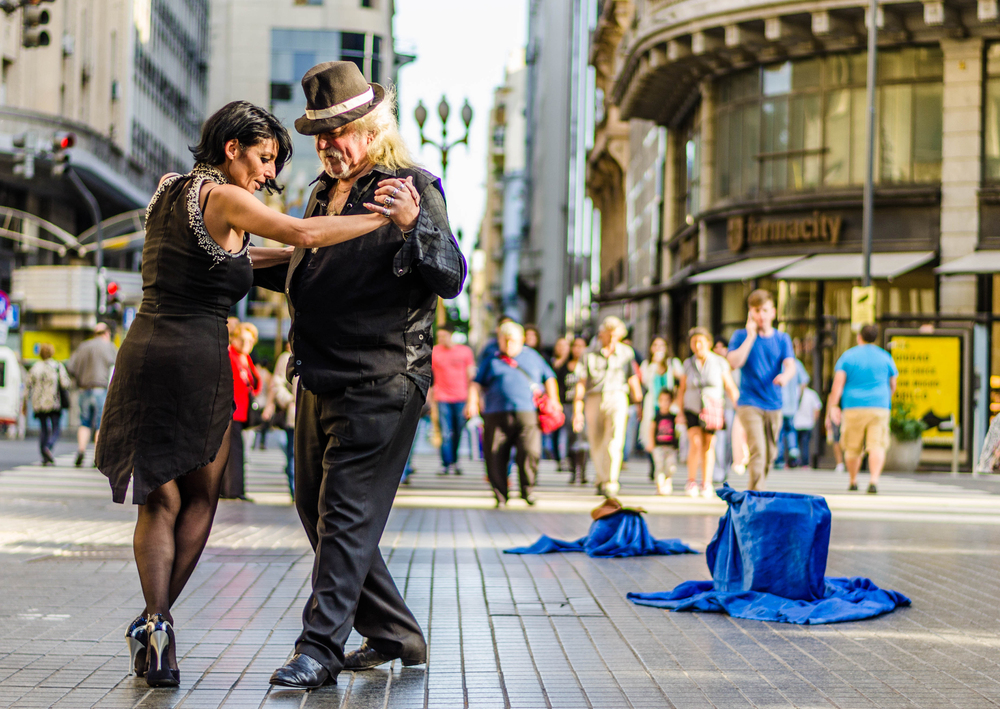
Mexico City has a dramatic mix of Aztec ruins, Spanish colonial buildings, and modernist masterpieces by the likes of Luis Barragán. The city’s historical layers are still evident in its built environment.
Buenos Aires, the ‘Paris of South America,’ has European-style grandeur with wide boulevards, Italian palazzos, and French Belle Époque mansions that speak of its massive European immigration waves.
Green Space Distribution

Mexico City is centered around its magnificent Chapultepec Park, the largest urban park in the Western Hemisphere at over 1,600 acres. The great green lung is the city’s central recreational area. Buenos Aires disperses its green more diffusely over the city, with numerous lesser parks and plazas integrated into neighborhoods.
This gives more people nature pockets within walking distance.
Like Travel Pug’s content? Follow us on MSN.
Language Particulars

Both of the cities’ indigenous language is Spanish, but with clearly distinct vocabularies and accents that occasionally lead to comical misunderstandings. Mexico City Spanish boasts distinctive nasal sounds and Indigenous Nahuatl loanwords.
Buenos Aires Spanish employs the distinctive ‘voseo’ conjugation and Italian-accented intonation, and the unmistakable ‘sh’ sound (in place of the more common ‘ll’ or ‘y’ sounds elsewhere).
Coffee Culture

Mexico City coffee culture centers around its country’s premium beans, and specialty stores include the various areas of growth and Indigenous practices of production. Buenos Aires’ coffee culture centers around the social life in conventional ‘cafés notables,’ where customers lounge for hours sipping minute quantities of concentrated espresso, often followed by infinitesimal cookies or effervescent water in silver dishes.
Street Food Accessibility

Mexico City has unbeatable street food on almost every corner, with vendors selling anything from intricate mole plates to plain but sublime tacos twenty-four hours a day. Street food is a central part of daily life for locals in all social classes.
Buenos Aires has relatively fewer street food stalls, with the culinary focus being on sit-down restaurants and cafes, echoing more European dining customs.
Like Travel Pug’s content? Follow us on MSN.
Music in Public Spaces

Mexico City’s public spaces are frequently home to mariachi bands, pre-Hispanic music, and modern-day performers as an impromptu background soundtrack for the city. Music spills out of homes, businesses, and street corners as part of daily life.
Buenos Aires maintains its musical activity in some dedicated venues for performances of the tango or milongas (tango dance clubs), with more formalized areas of music appreciation and less ambient street performance.
Weather Patterns
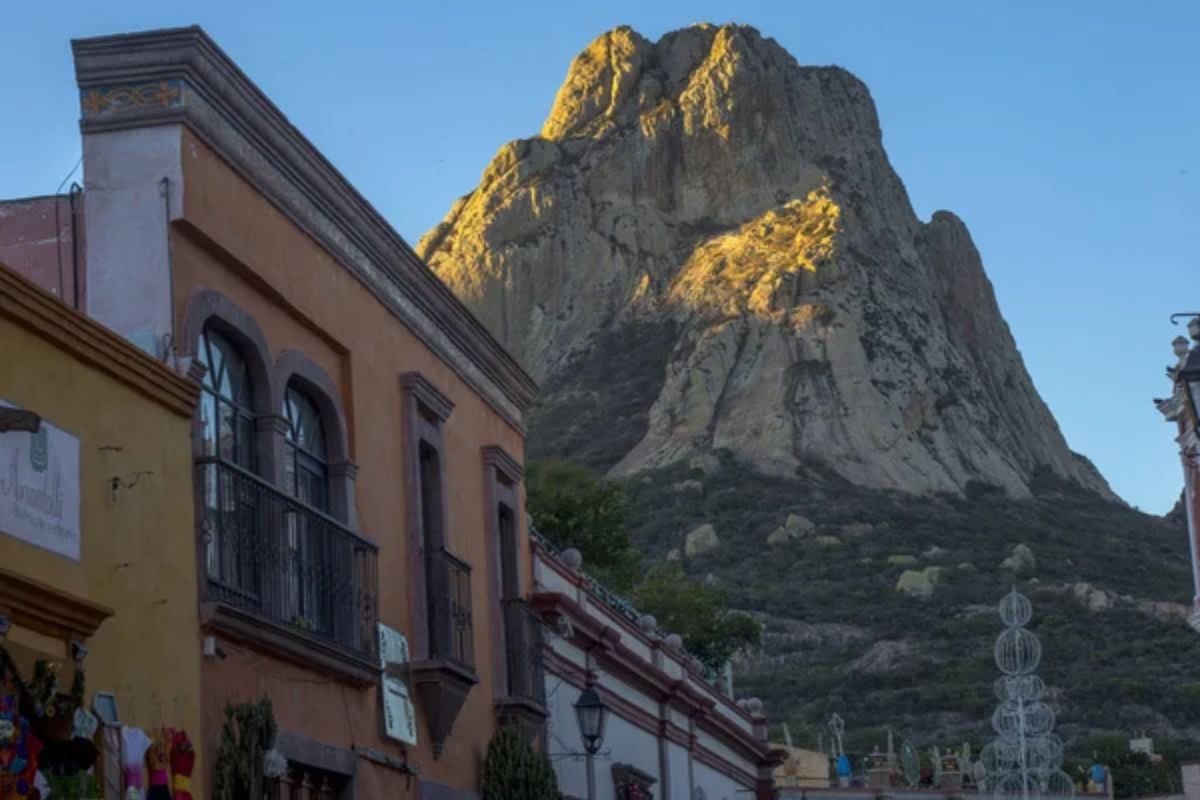
Due to its high elevation, Mexico City possesses what most regard as a ‘perpetual spring’ climate with temperatures typically between 50-75°F year-round. However, the rainy season (May-October) features afternoon showers.
Buenos Aires experiences actual seasons, with hot and humid summers with temperatures frequently more than 90°F and cold winters that bottom out in the 40s, so travelers must prepare for the season.
Indigenous Presence

Mexico City actively draws upon its indigenous heritage in everyday life, ranging from official Nahuatl signage to indigenous foods and cultural practices woven into the fabric of society. Buenos Aires possesses an extremely less visible indigenous presence, with culture more immediately connected to waves of European immigration from Italy, Spain, and other European countries who came between 1880 and 1930.
Like Travel Pug’s content? Follow us on MSN.
Art Scene Focus

Mexico City’s art culture boasts about its revolutionary muralists like Rivera, Orozco, and Siqueiros as well as its contemporary artists whose work revolves around social and political themes. The artwork is deeply embedded within national identity and historical movements.
Buenos Aires art is more inclined toward European-influenced styles and international contemporary movement with less emphasis on politically charged artwork and greater emphasis on aesthetic innovation.
Market Experiences

Mexico City markets are filled with color, holding pre-Hispanic produce, handcrafts, and specialty sections for everything from flowers to gold. Markets like La Merced and San Juan are living museums of Mexican historical culture.
Buenos Aires markets do it differently, with San Telmo and Recoleta’s weekend fairs showing antiques, leather, and craft items in a more sanitized, boutique format.
Transportation Options
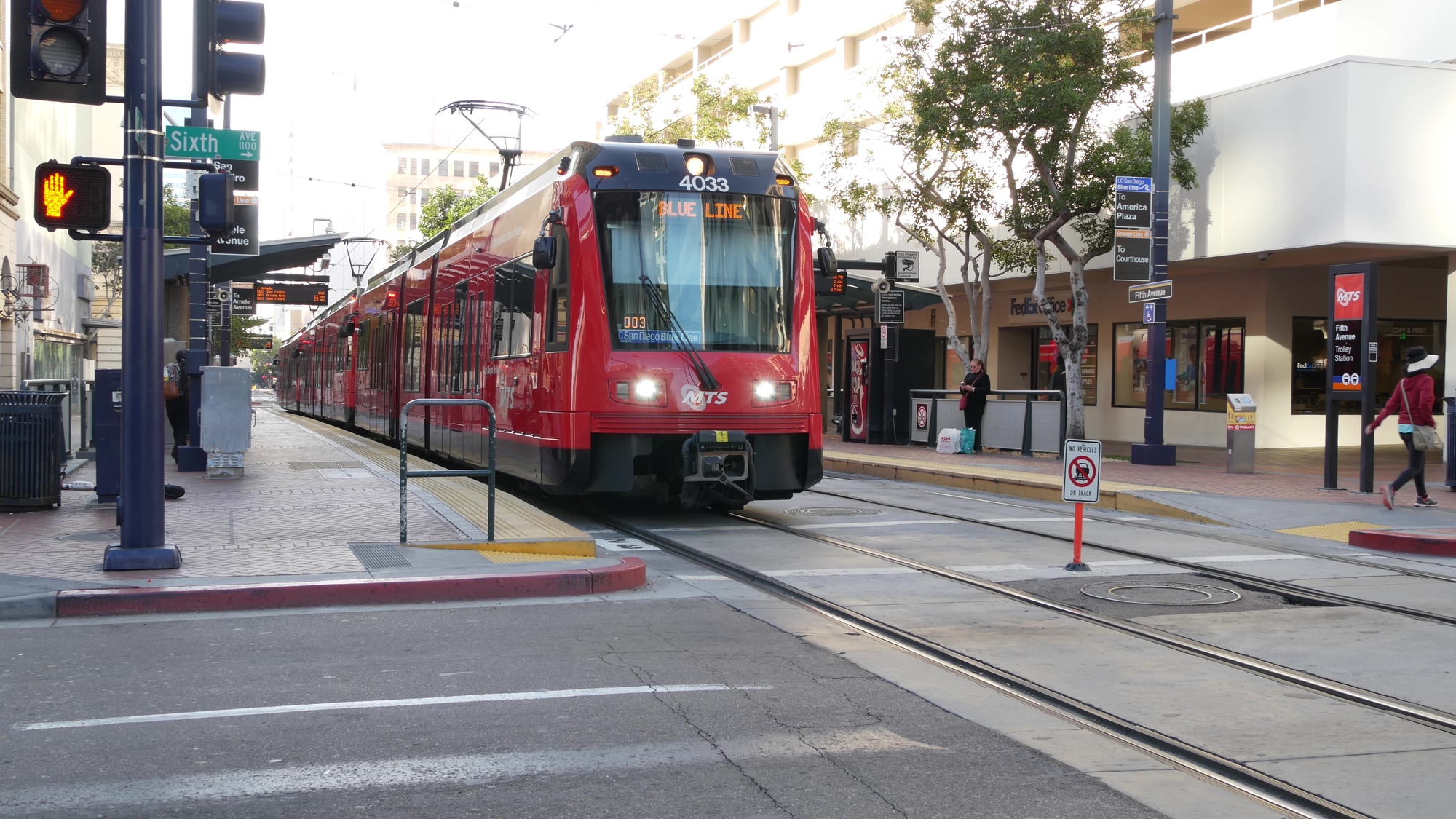
Mexico City greets an uncoordinated mix of transportation, including peseros (mini-buses), the metro, and increasing numbers of bicycles via its Ecobici program. Buenos Aires offers a more structured system, including its ubiquitous black and yellow cabs that seem to be everywhere, dependable buses, and the aforementioned Subte that covers most transportation needs for visitors.
Like Travel Pug’s content? Follow us on MSN.
Cost Variations

Mexico City provides great value with medium-level museums typically under $5 admission and meals on the street are available for a few dollars.Buenaires is 25-40% higher for equivalent experiences, particularly dining at restaurants and accommodations. Nevertheless, these are still low by European or North American standards.
Religious Expression
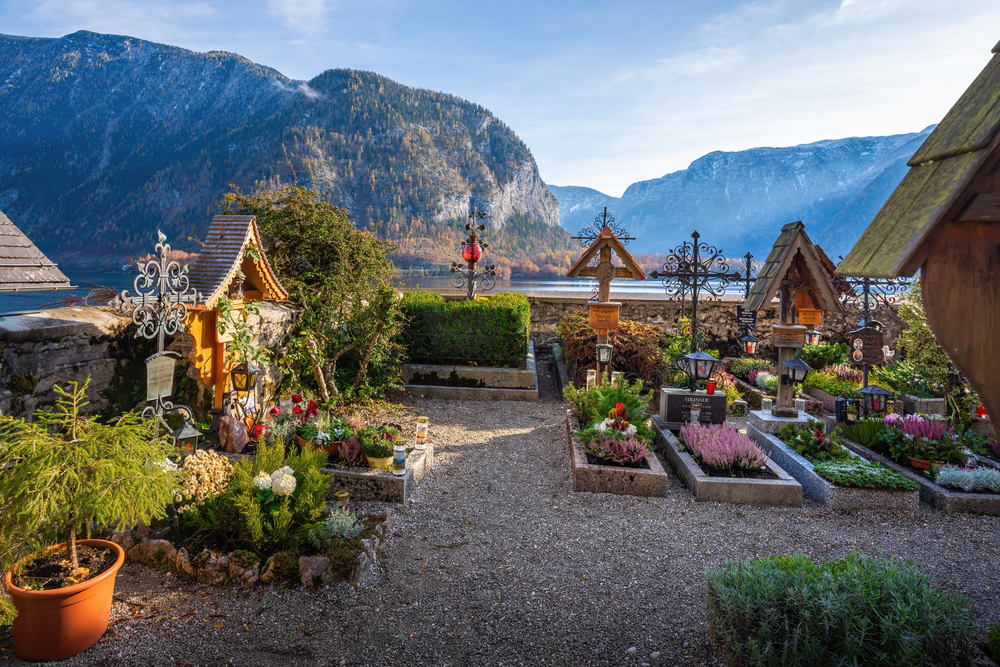
Mexico City broadcasts its Catholic heritage on its sleeve through ornate churches, public processions, and religious iconography woven into everyday life and even into business aesthetics.
Buenos Aires is less so in public life even with its Catholic majority, with religious practice remaining more in the background and less overt in the cityscape.
Literary Traditions
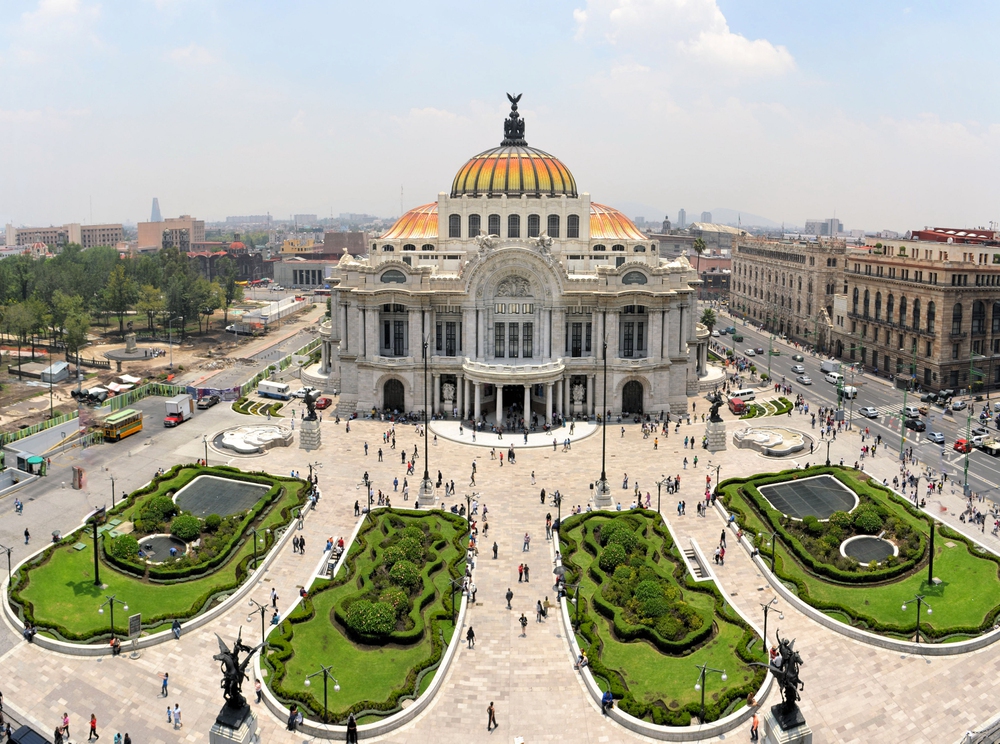
Mexico City’s literary landscape is deeply rooted in its own revolutionary past and native oral traditions of fiction, with numerous independent book stores and literary coffee shops citywide. Buenos Aires nurses its reputation as a literary capital of over 700 bookstores (more per capita than any city on earth) with focus on the works of Borges, Cortázar, and other intellectual giants who founded Latin American literature.
Like Travel Pug’s content? Follow us on MSN.
Drinking Culture

Mexico City pays homage to its native spirits in mezcal bars, pulquerías where the traditional fermented agave beverage is retailed, and craft beer gardens promoting food-centric culture. Buenos Aires nightlife is convivial wine consumption, with Malbec from the adjacent Mendoza region being the staple, in wine bars and traditional taverns where conversation takes precedence over inebriation.
Building Heights

Mexico City has a comparably low skyline due to earthquake problems and regulations on building heights, as most buildings are under 10 stories except in particular business areas like Santa Fe.
Buenos Aires has more consistent height, with its Parisian apartment buildings typically being 8-12 stories tall throughout the central neighborhoods, creating a more uniformly dense cityscape.
Water Relationship
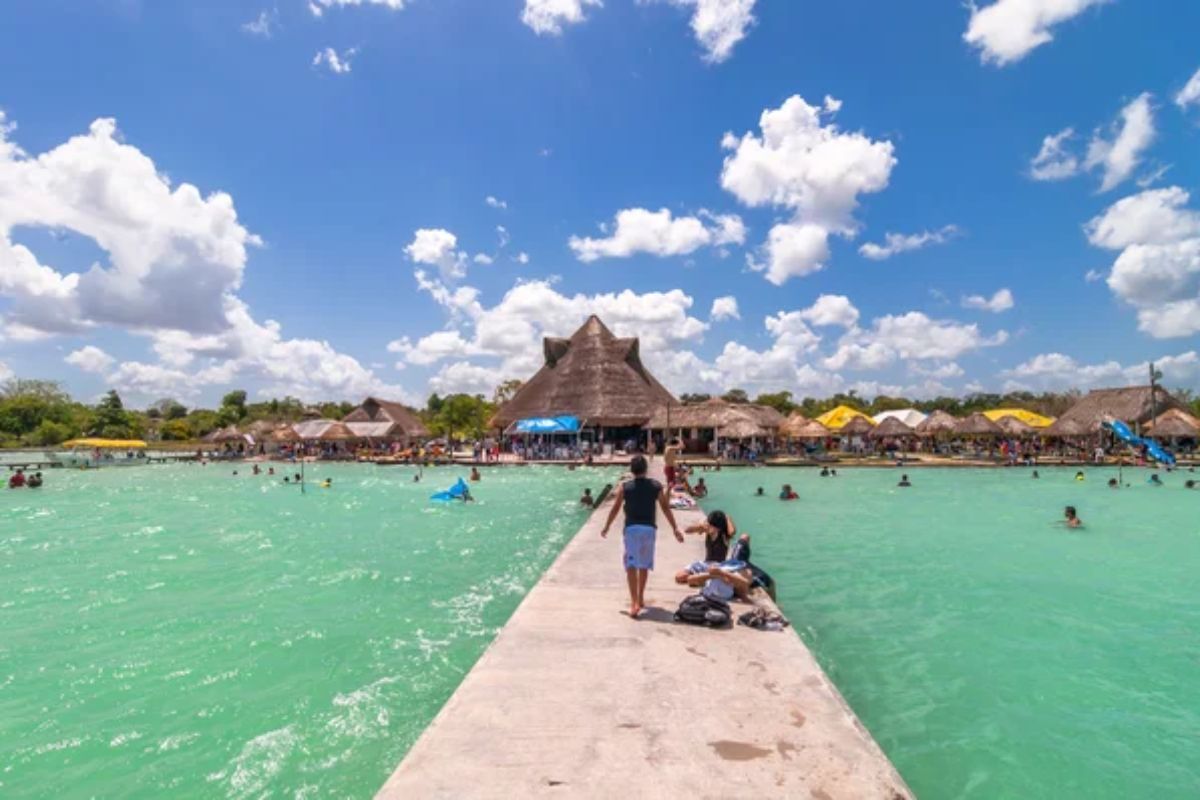
Mexico City continues to have ongoing water problems as a former-lake city that is now flooded as well as experiencing drought, so water conservation is of top priority reflected in public advertising.
Buenos Aires enjoys a copious water supply since it is situated near the estuary of the Río de la Plata, with less apparent water shortage as well as more decorative fountains in the city.
Like Travel Pug’s content? Follow us on MSN.
Urban Heartbeats
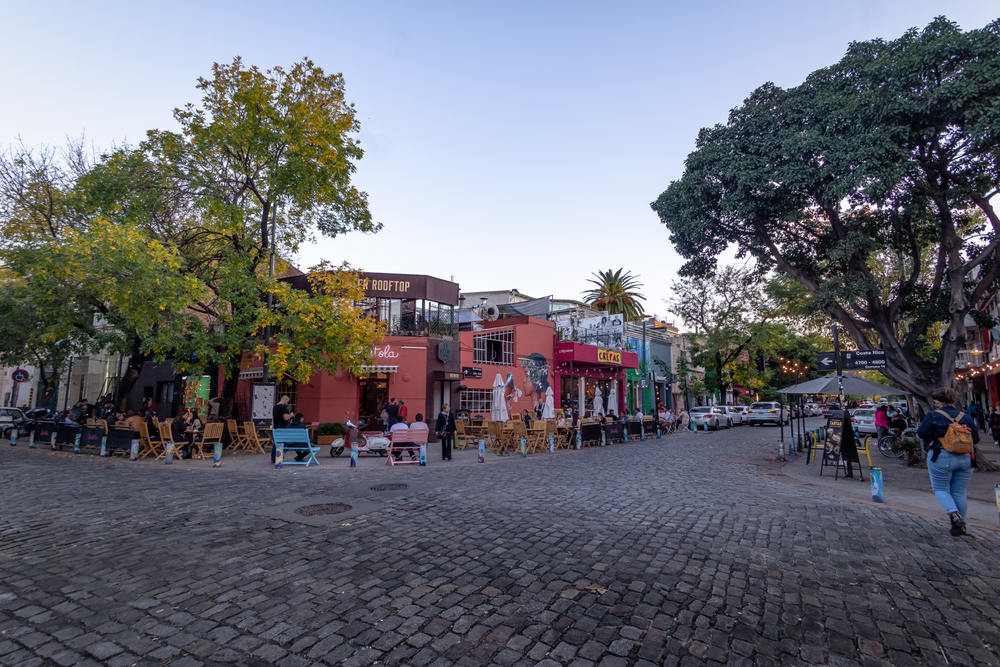
These two Latin American powerhouses represent different models of urban development and cultural evolution. Mexico City embraces its ancient roots while surging ahead with dynamic contemporary energy.
Buenos Aires looks across the Atlantic for inspiration while developing its unique identity as South America’s most European city. Both offer extraordinary urban adventures—just with dramatically different flavors, rhythms, and experiences awaiting the curious traveler.
More from Travel Pug

- 20 Destinations That Were Once Thriving but Are Now Quietly Disappearing
- 15 Hidden Spots in Disney World’s Magic Kingdom Most Visitors Miss
- 20 Once-Popular Beach Towns That Are Now Ghostly Empty
- 20 Beautiful US Lakefront Towns Where You Can Live for Under $2000 a Month
- 20 Caribbean Islands That Are Safer Than People Think
Like Travel Pug’s content? Follow us on MSN.
